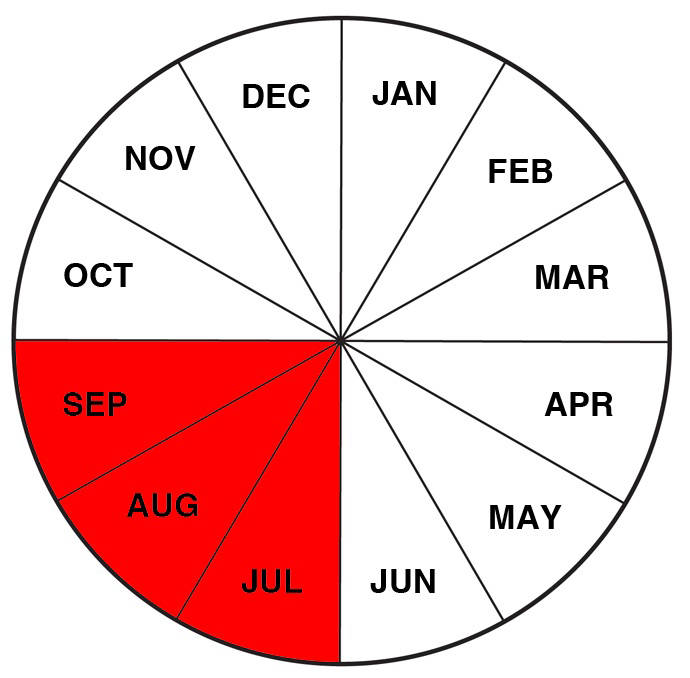In 2005, under the direction of Dr. Orley “Chip” Taylor, Monarch Watch created the original Monarch Waystation program (out of the University of Kansas), in recognition that habitats for monarchs were declining at a rate of 6,000 acres a day in the United States. The goal of this program was “to inspire the public, schools and others to create habitats for monarch butterflies and to assist Monarch Watch in educating the public about the decline in resources for monarchs, pollinators and all wildlife that share the same habitats.” Monarchwatch/waystations. Thanks to the ground-breaking efforts of the original Monarch Watch Waystation Program, countless organizations and groups have followed suit in this active and effective endeavor to help Monarchs.
We at SOMA strongly advocate and promote the creation of monarch waystations in our own region, and encourage you to do the same. Southern Oregon is prime breeding habitat for our Western monarch population, and planting a waystation is a powerful yet easy way to make a difference. It is important to note that waystations can be registered and certified nationally through Monarch Watch’s Waystation Program. Guidelines for waystation certification can be found here. Waystation Application
For an excellent resource on creating waystations specific to our beloved Western Monarchs, please see the following linked article (PDF) (NPJ2014 - Monarch Waystations) by Tom Landis (avid monarch conservationist, educator, native plant nursery specialist, and Southern Oregon Monarch Advocate). This stunning article has been a powerful catalyst in monarch habitat restoration in our region, and we thank you Tom for your ongoing efforts!

Plant Pallete for Monarch Waystations in Rogue Valley, OR
Compiled by Tom Landis
At least 3 species from early, middle, and late flowering periods as recommended by:
Kathy Pendergrass K, Vaughan M, Williams J. 2008. Plants for pollinators in Oregon. Technical Notes, Plant Materials No. 13. Portland, OR: US Department of Agriculture, Natural Resources Conservation Service. 26 p.
Early Season Flowering
-
1. Red-flowering currant, Ribes sanguineum, RISA
Plant Form: Woody shrub
Nectar: Hummingbirds and butterflies
Host plant: More than two dozen species of moths and butterflies (Pete Gonzalves and Dale Darris, USDA NRCS Plant Materials Center, Corvallis, Oregon)
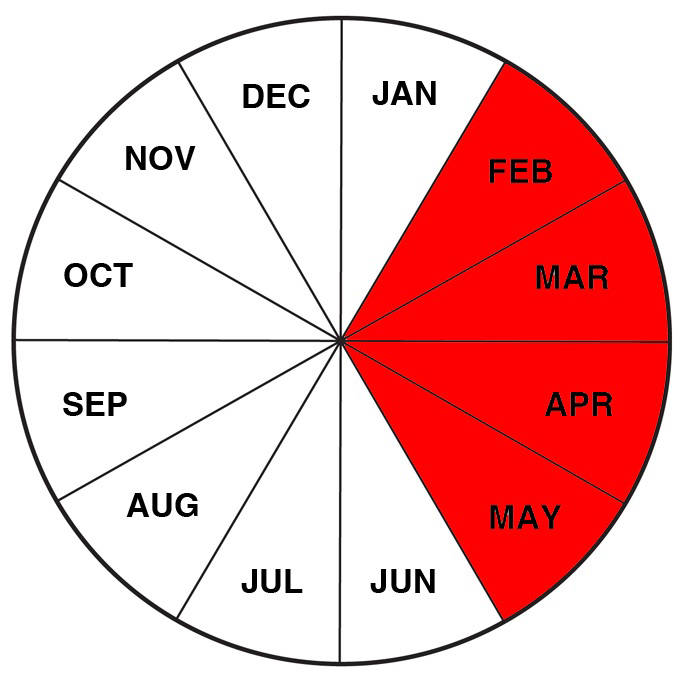
-
2. Oregon grape, Berberis aquifolium, MAAQ2
Plant Form: Woody shrub
Nectar: Bees and butterflies
Host plant: ???
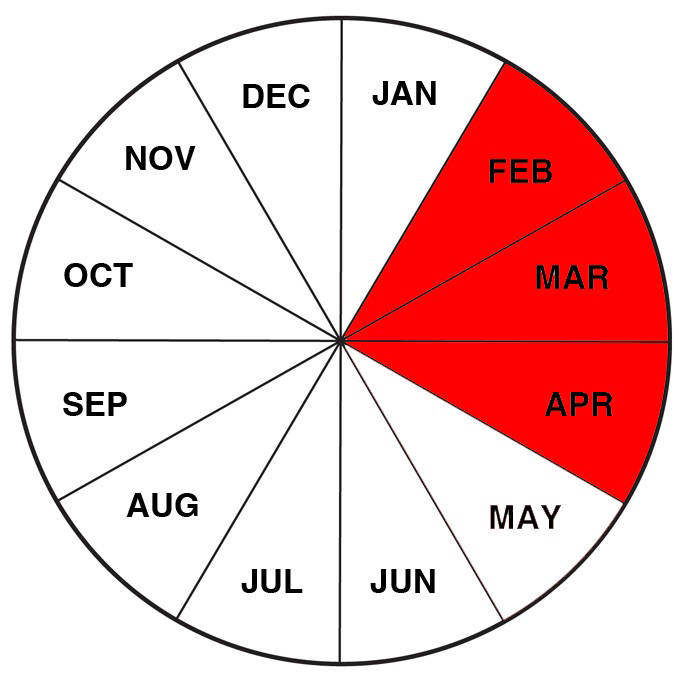
-
3. Nettleleaf giant hyssop, Agastache urticifolia, AGUR
Plant Form: Perennial forb
Nectar: 'One of the best' for butterflies' (B. Wilson); Monarch & Western Tiger Swallowtail.
Host plant: ???
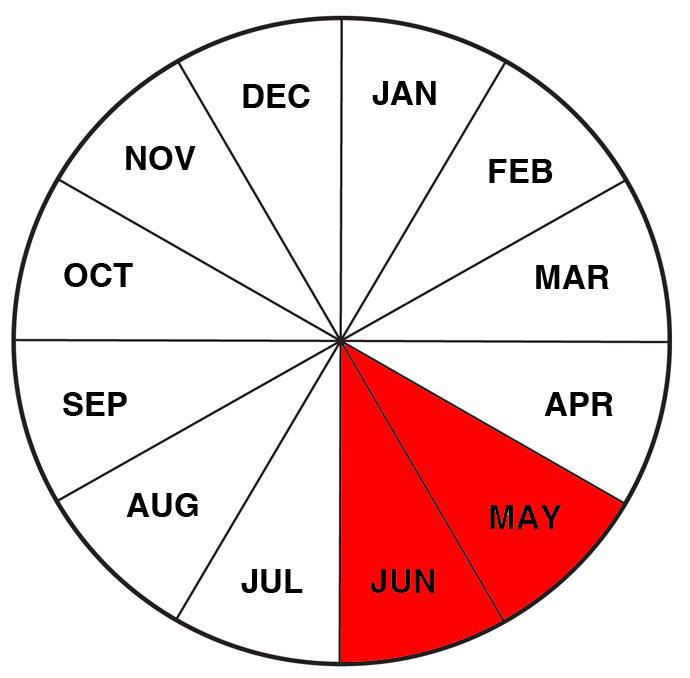
-
4. Western Columbine, Aquilegia formosa
Plant Form: Perennial forb
Nectar:Nectar attracts native bees and butterflies (http//www.abnativeplants.com/)
Host plant: ???
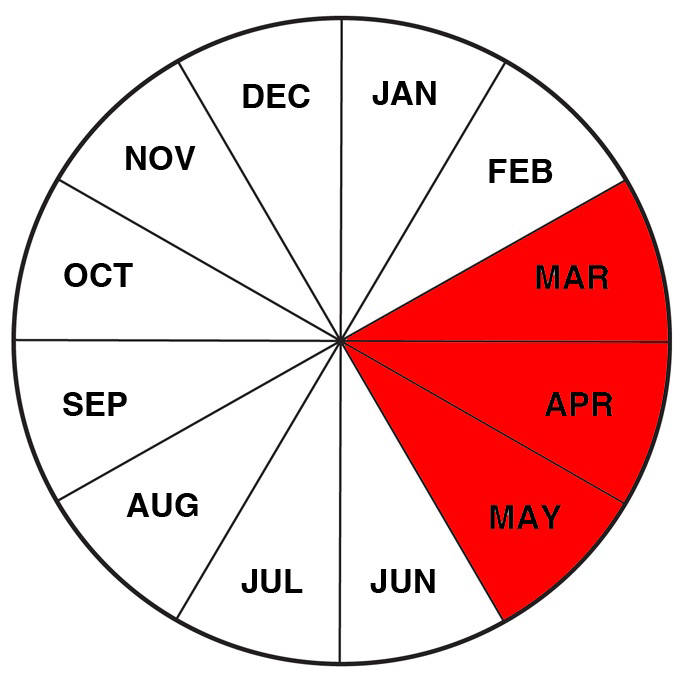
-
5. Mountain lilac, Ceanothus spp.,
Plant Form: Shrub
Nectar:A very large group of plants producing both nectar and pollen; the latter in great abundance (Nectar and pollen plants of California)
Host plant: ???
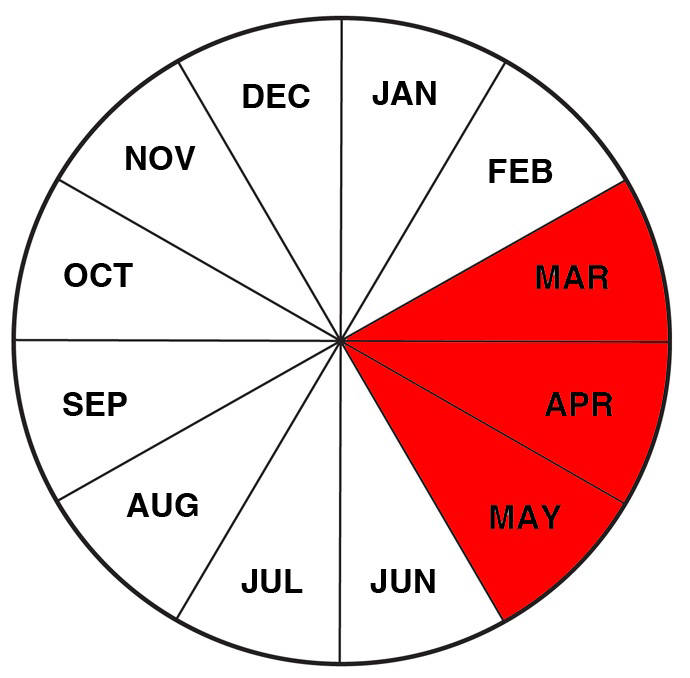
Mid-Season Flowering
-
1. Oregon sunshine, Eriophyllum lanatum, ERLA6
Plant Form: Perennial forb
Nectar:An essential nectar source for native butterflies (http//www.abnativeplants.com/)
Host plant: ???
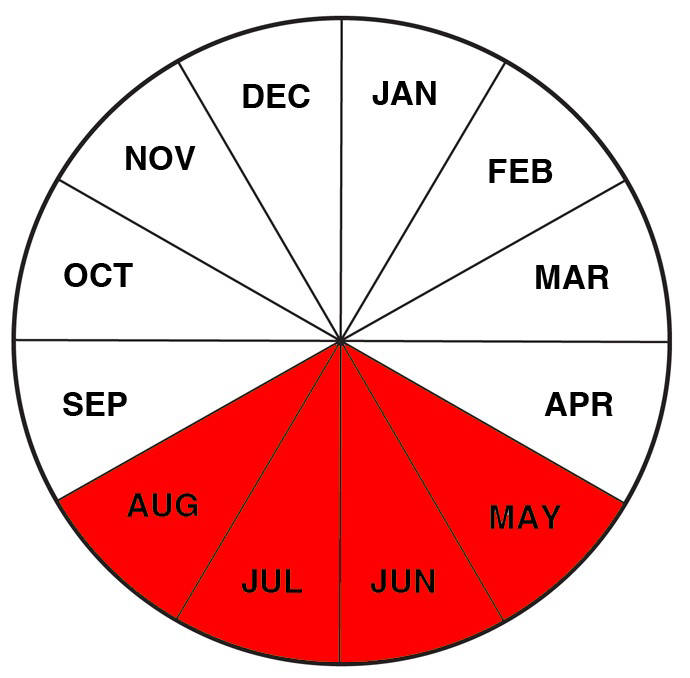
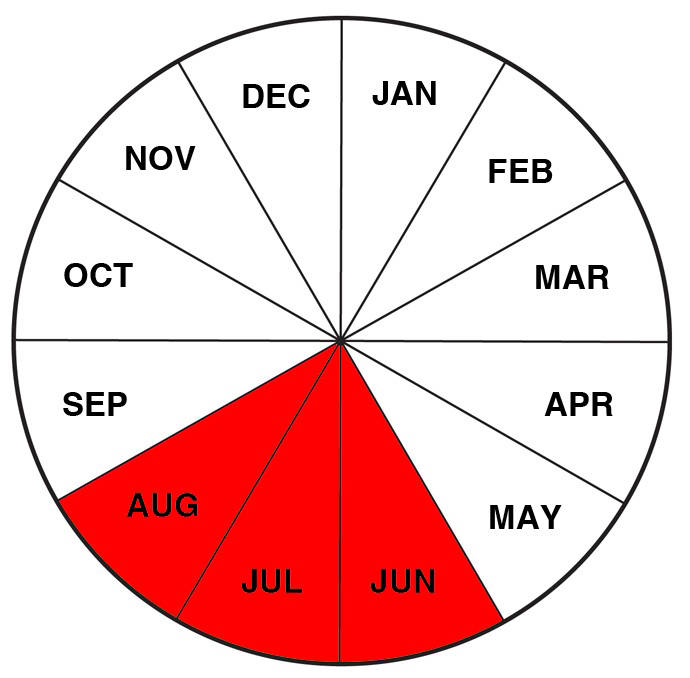
-
3. Oceanspray, Holodiscus discolor, HODI
Plant Form: Woody shrub
Nectar:Favorite source of nectar for many kinds of adult butterflies (http://www.bentler.us/eastern-washington/plants)
Host plant: A favored larval host plant for spring azures, pale swallowtails, Lorquin's admirals & gray hairstreaks (http://www.bentler.us/eastern-washington/plants)
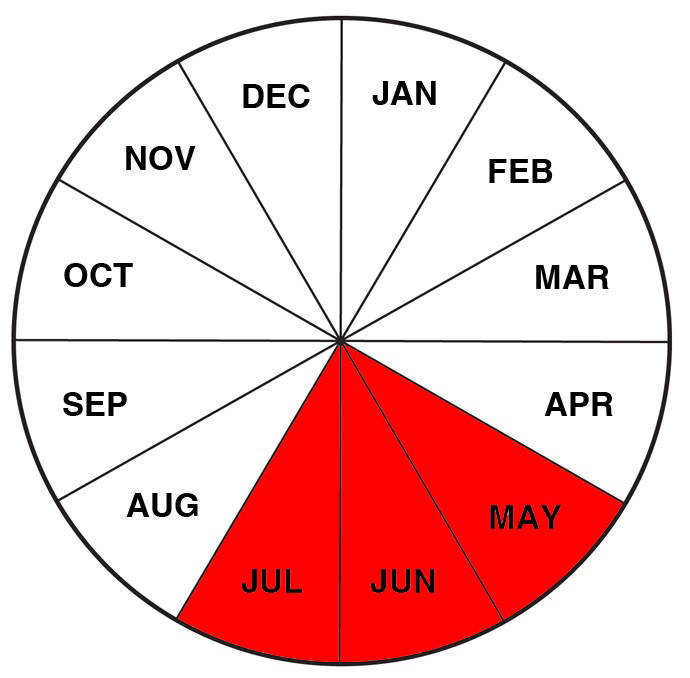
-
4. Silver bush lupine, Lupinus albifrons, LUAL4
Plant Form: Woody shrub
Nectar:Attracts beneficial insects, bees, butterfly & other insects (http://ucanr.edu/sites/MarinMG/Plant_Guide)
Host plant: Host for endangered Mission blue butterfly
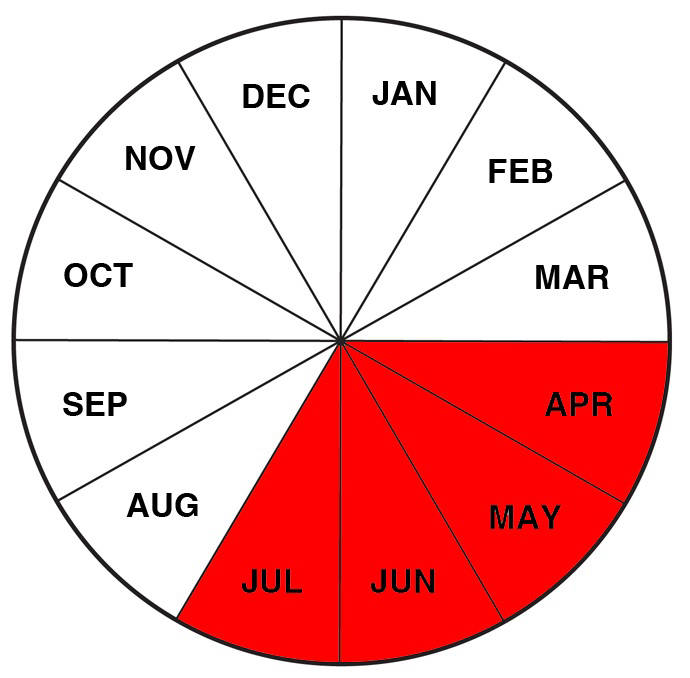
-
5. Rose checker-mallow, Sidalcea virgata, SIVI3
Plant Form: Perennial herb
Nectar:Flowers of Sidalcea species are a source of pollen and nectar for European honeybees (LCBA, 2012), as well as native bees and other beneficial insects
Host plant: Suspected host plant for the West Coast painted lady Vanessa annabella, common checkered skipper Pyrgus communis, and two-banded checkered skipper
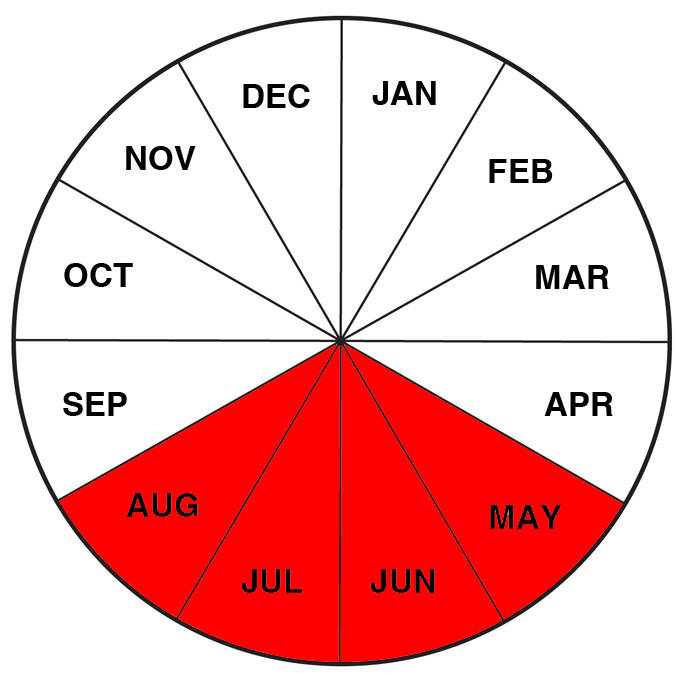
Late-Season Flowering
-
1. Douglas aster, Symphiotrichum subspicatum, SUSY4
Plant Form: Annual herb
Nectar:Top 20 Native Butterfly Host & Nectar Plants for the Eugene-Springfield Garden
Host plant: ???
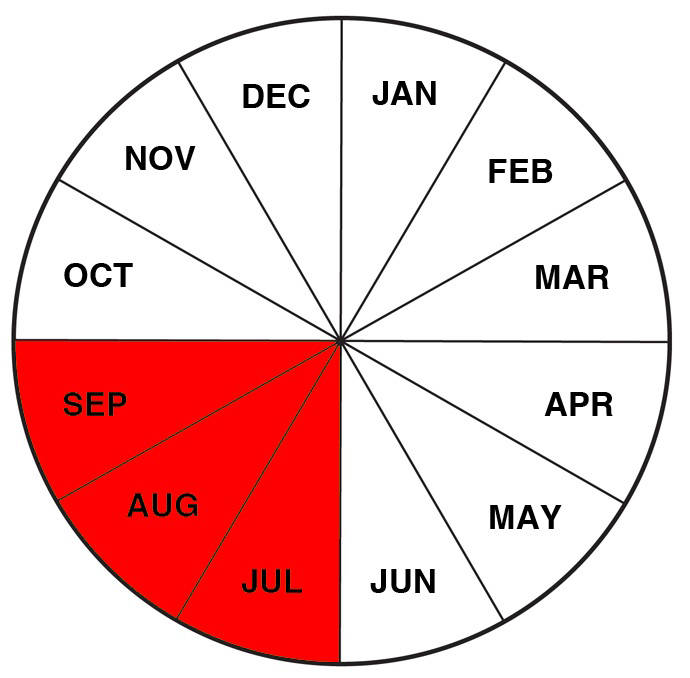
-
2. Rubber rabbitbrush, Ericameria nauseosa, ERNA
Plant Form: Woody shrub
Nectar:An extremely important nectar plant for honeybees, and late season nectar source for monarch butterflies (Pyle 1999)
Host plant: ???
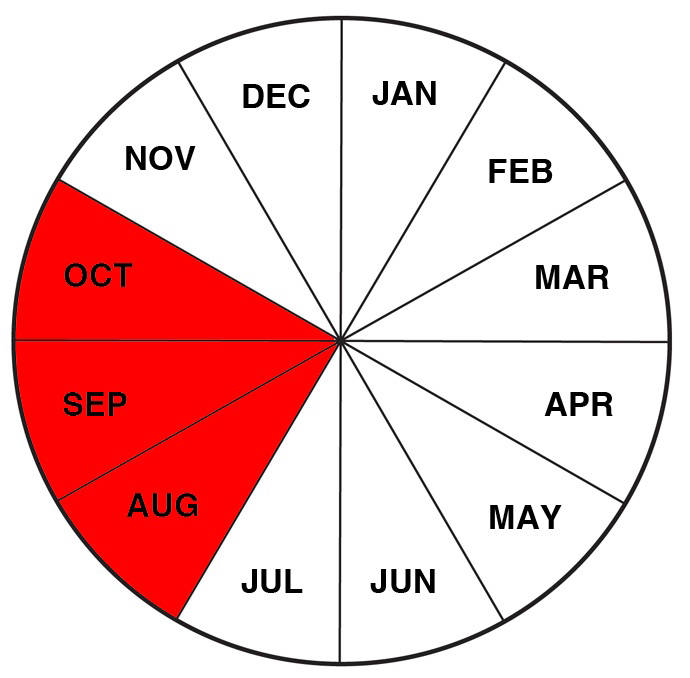
-
3. Goldenrod, Solidago canadensis, SOCA6
Plant Form: Woody shrub
Nectar: Vital sources of pollen and nectar for bees and other insects in the late summer and fall throughout North America (Mader et al. 2011).
Host plant: ???
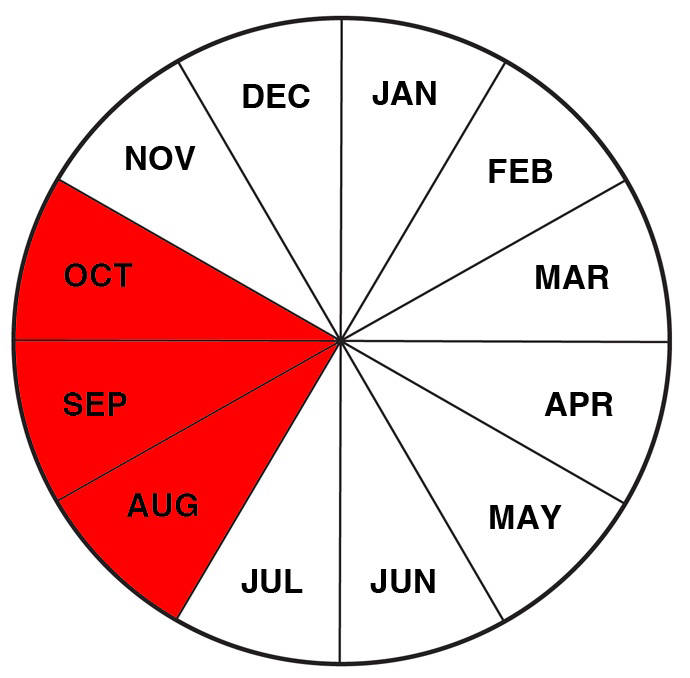
-
4. Sulfur flower buckwheat, Eriogonum umbellatum, ERUM
Plant Form: Perennial forb
Nectar: wide variety of bees and other native pollinators.
Host plant: It is a larval host and nectar source for lupine blue butterfly(Plebejus lupini)(Opler et al., 2010).
